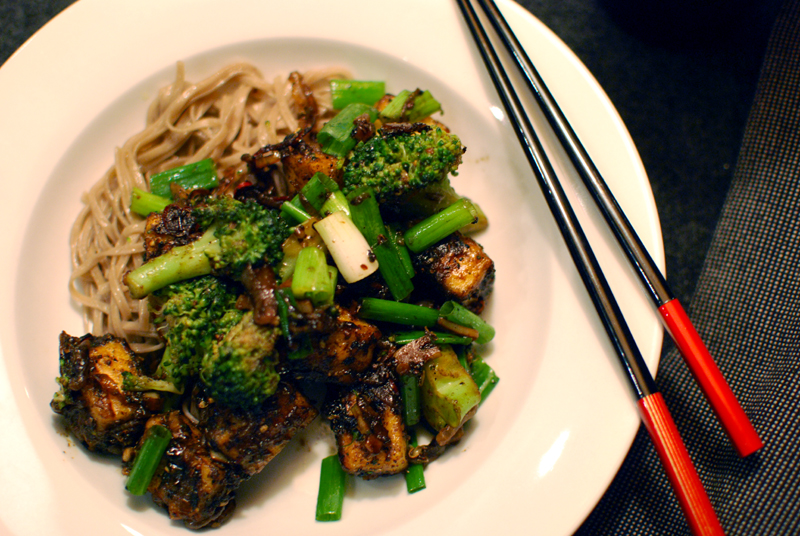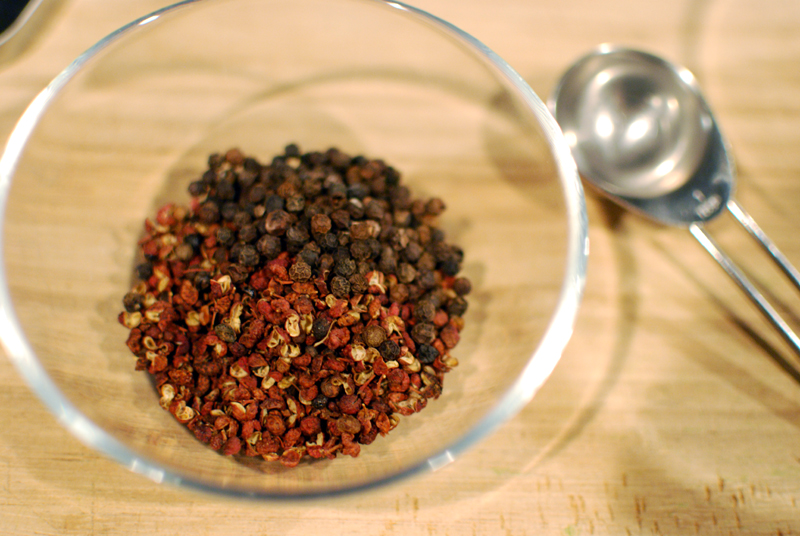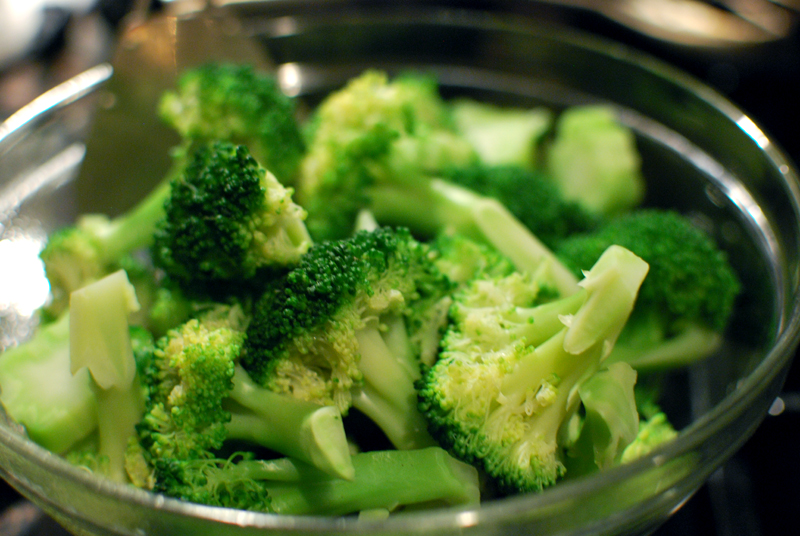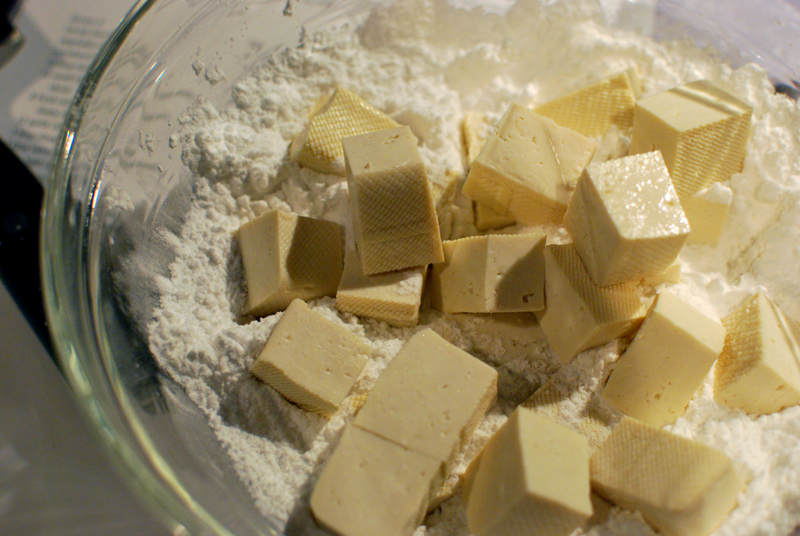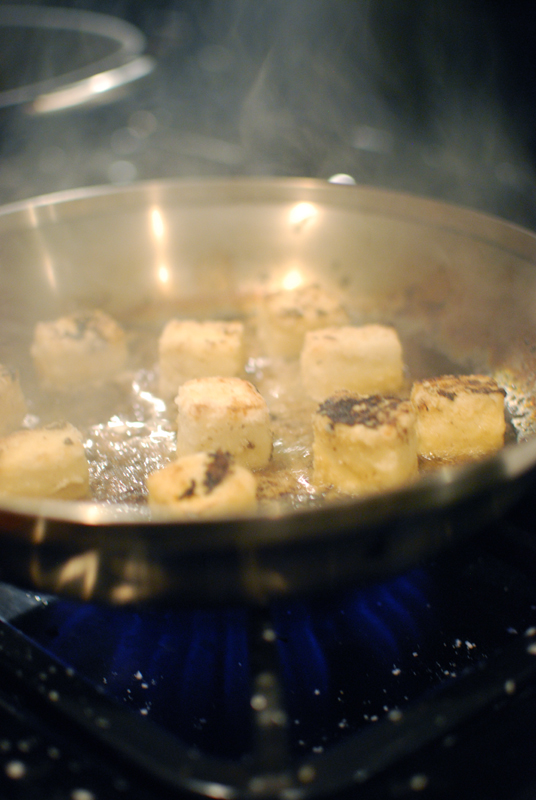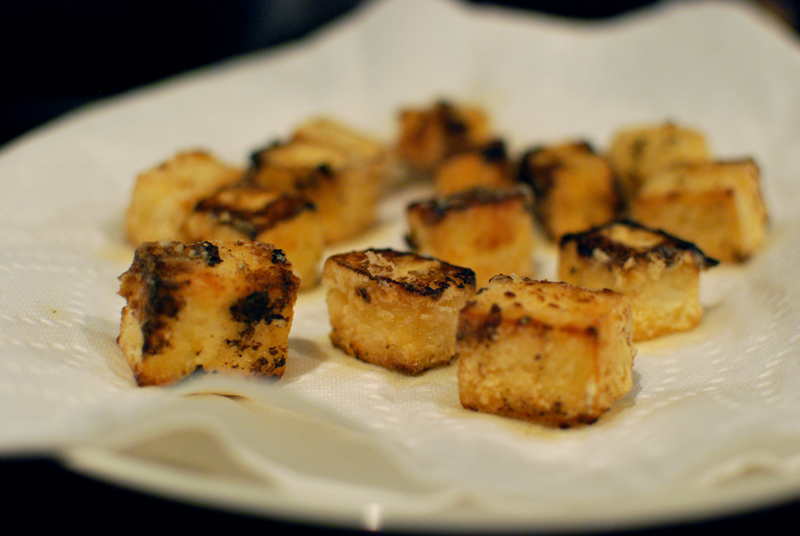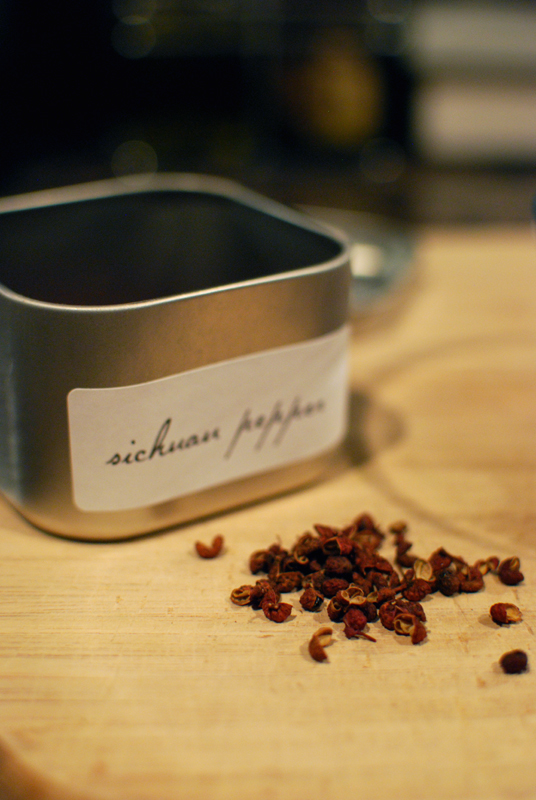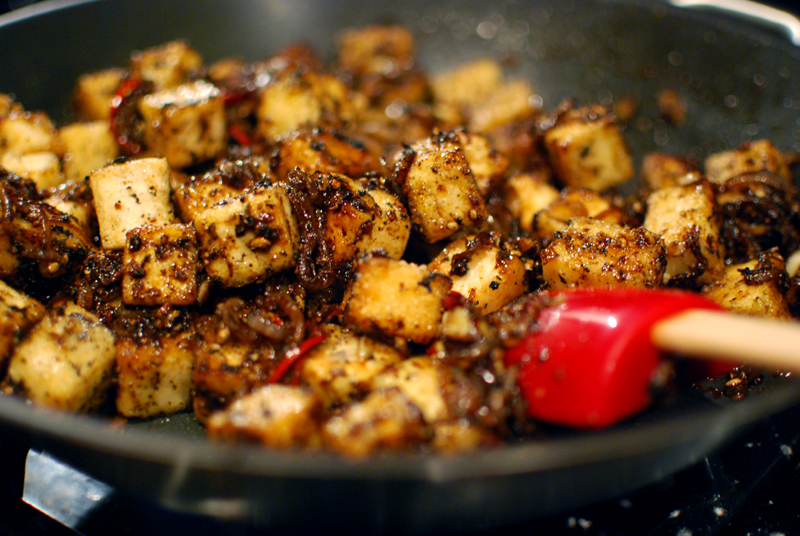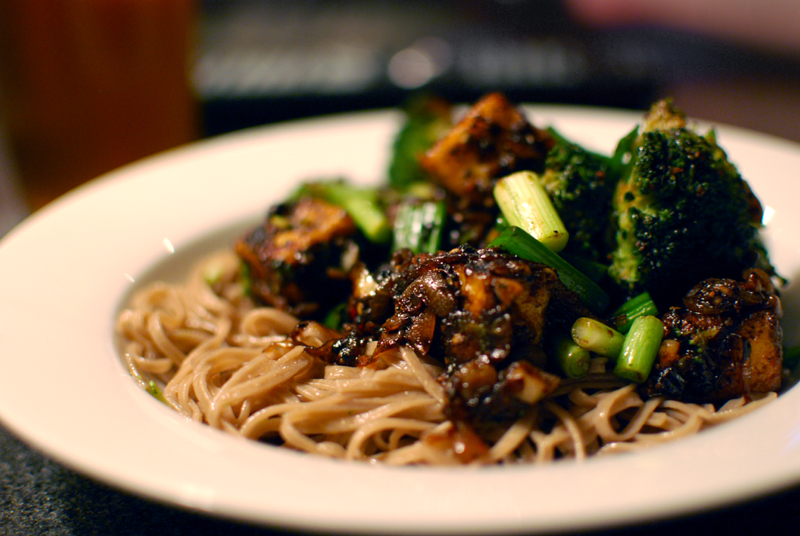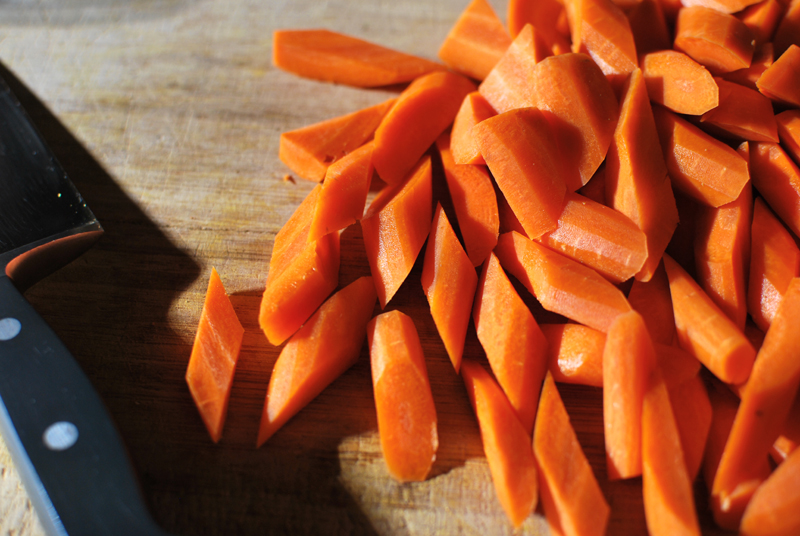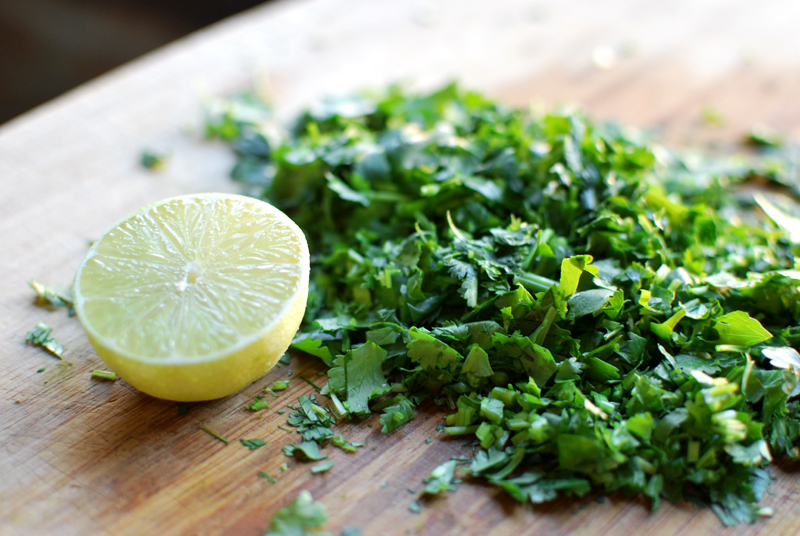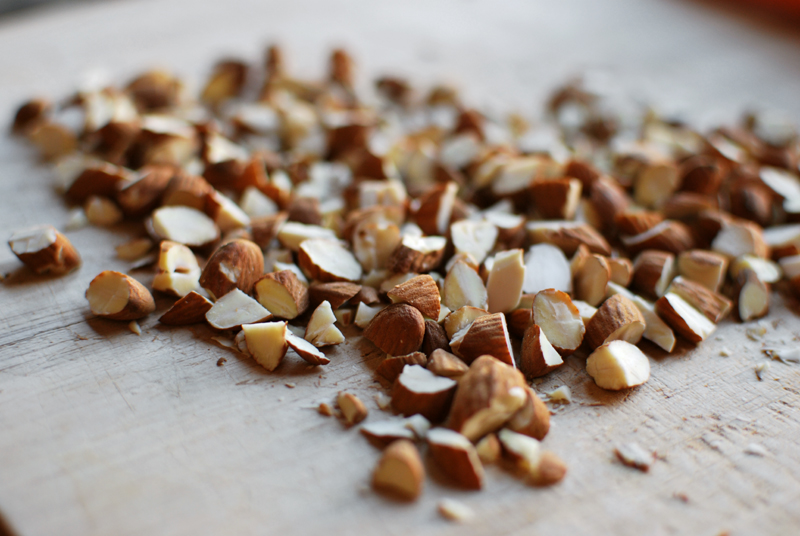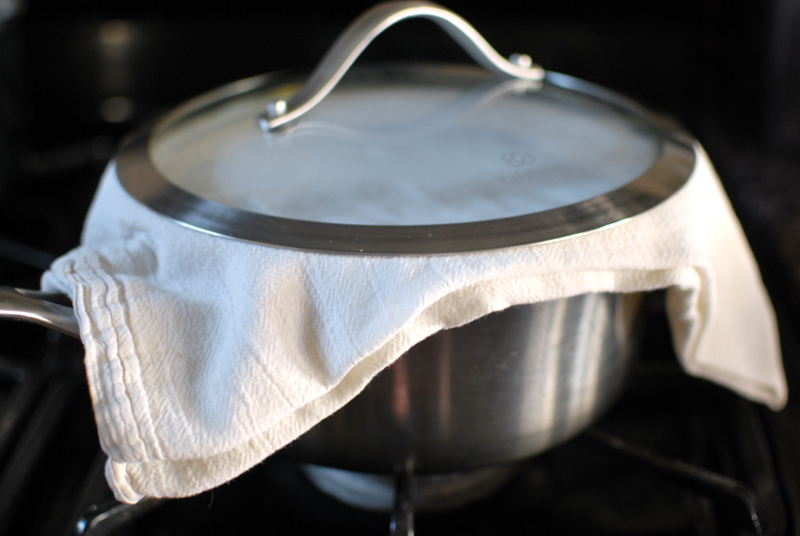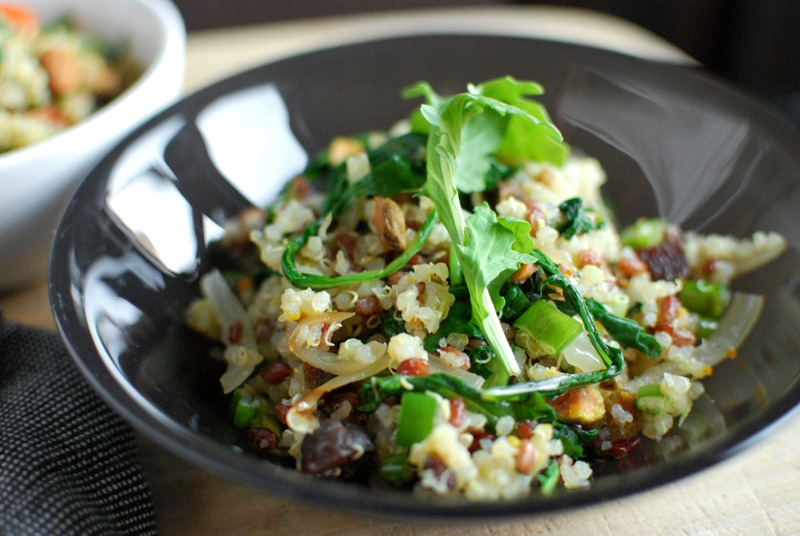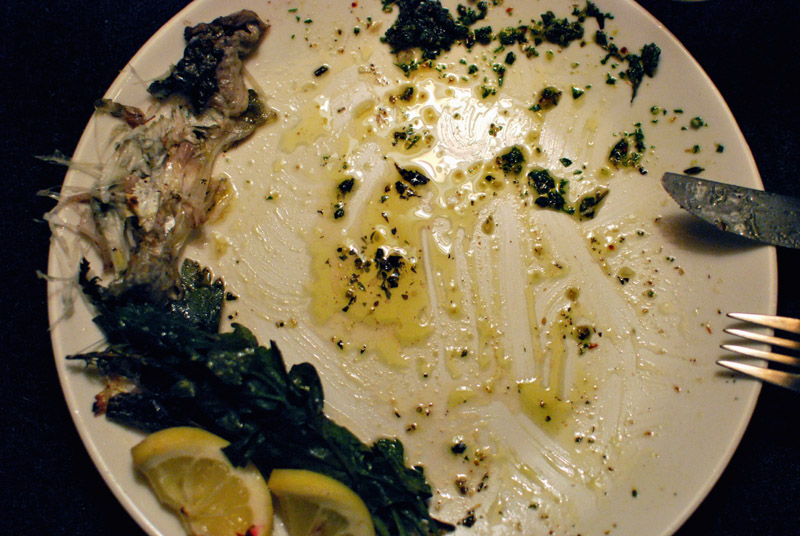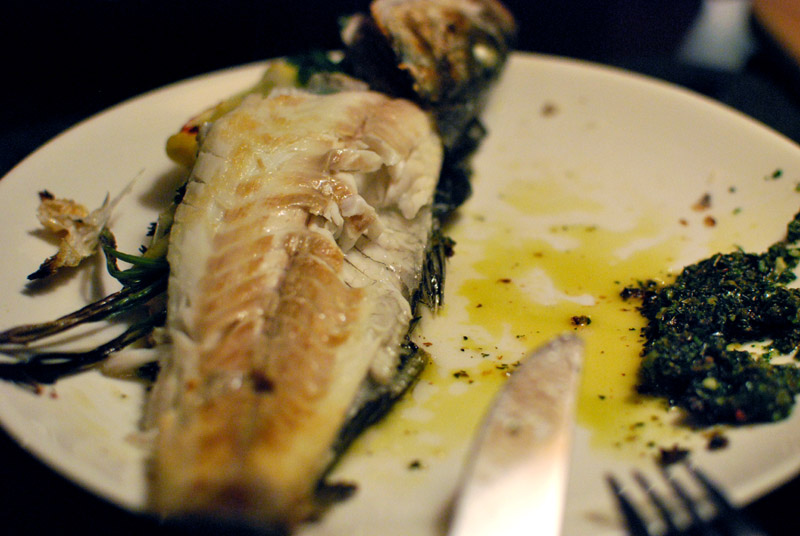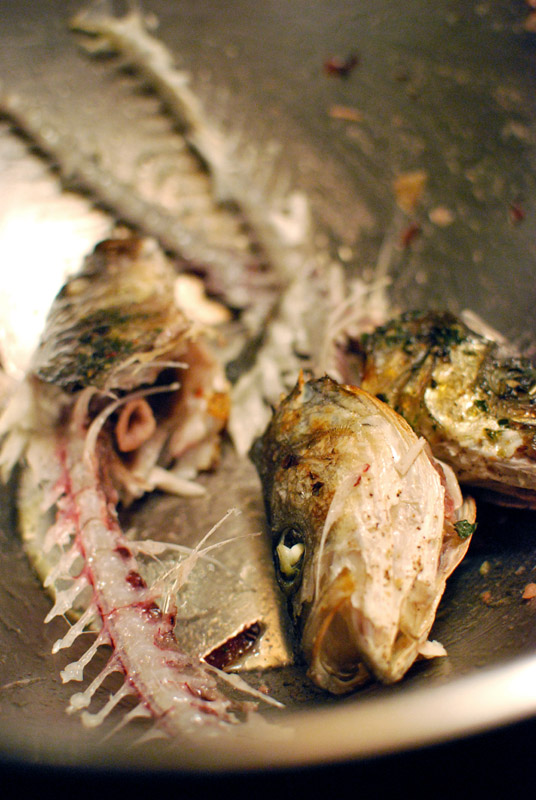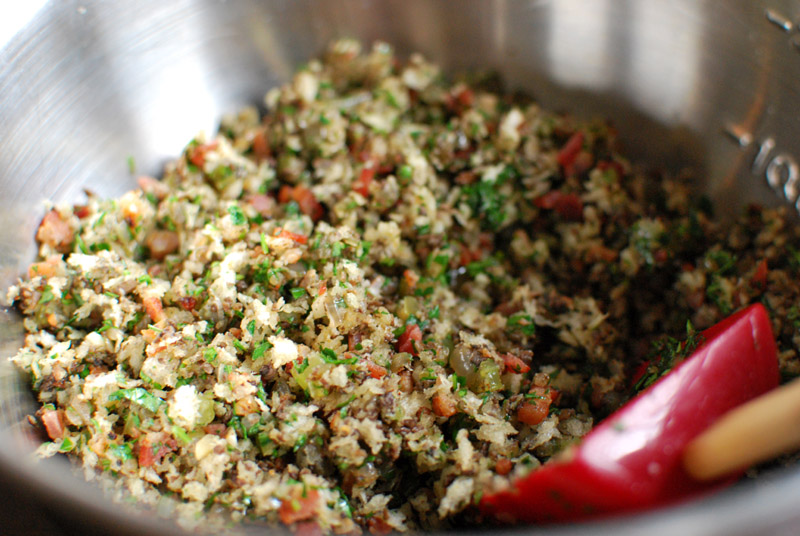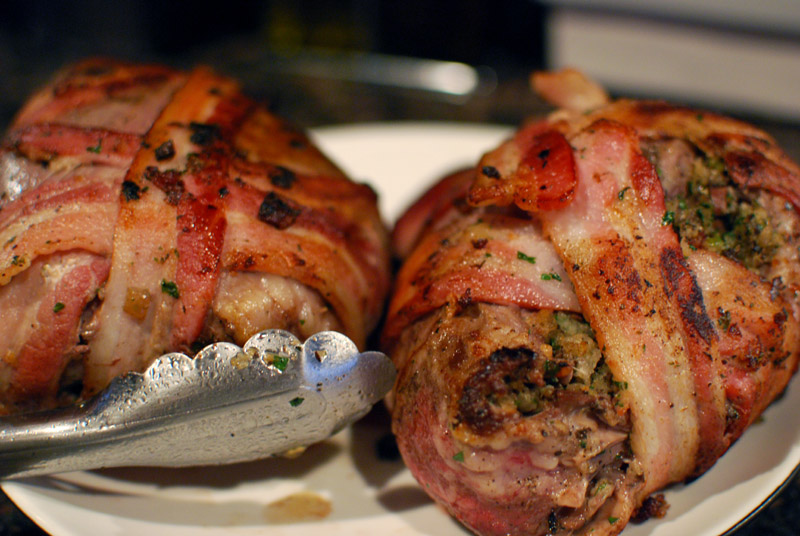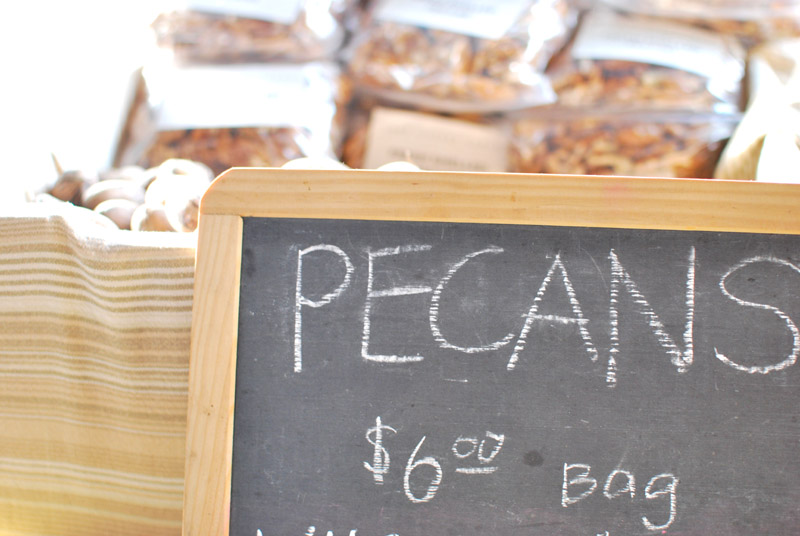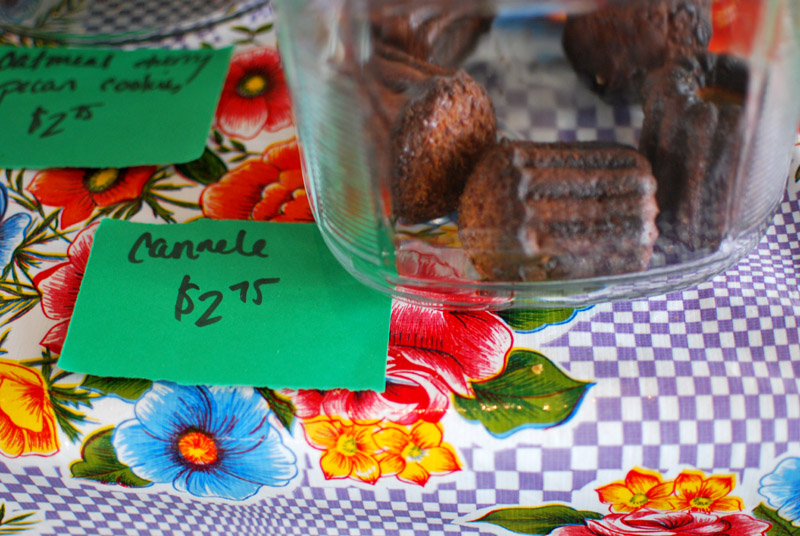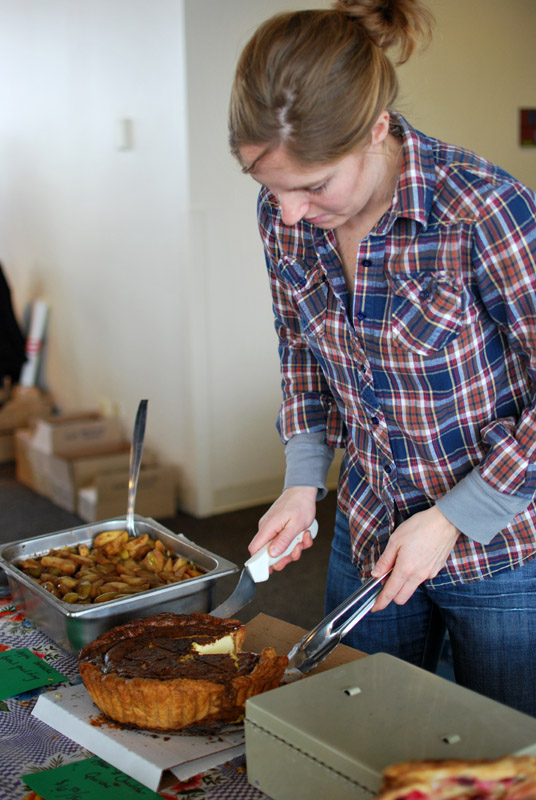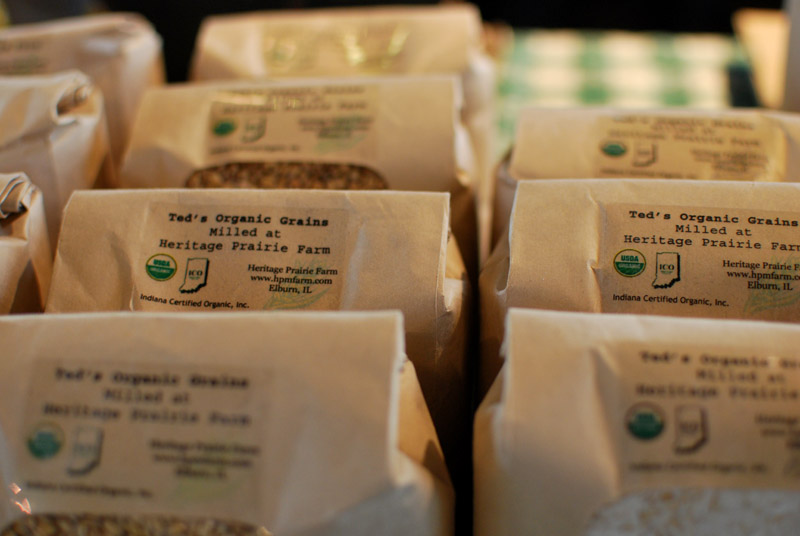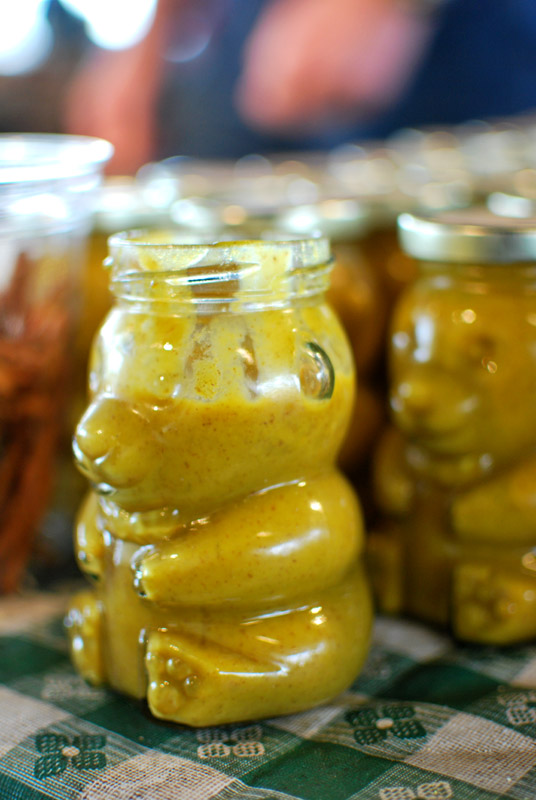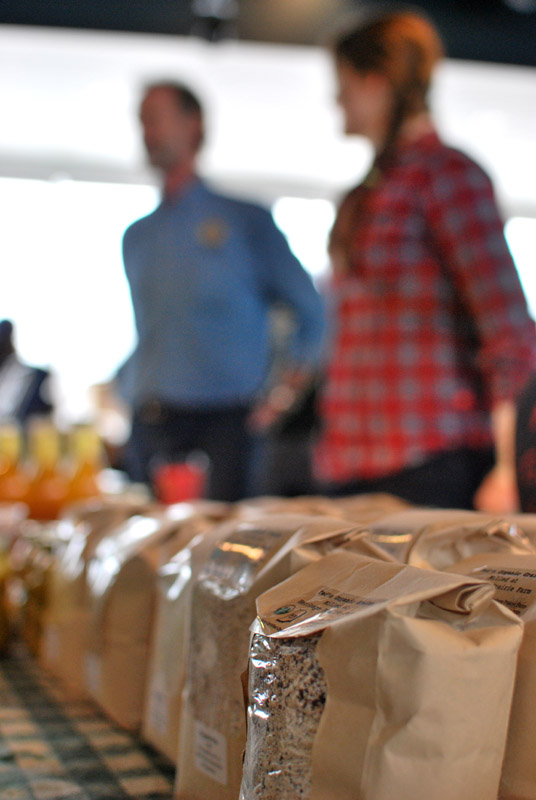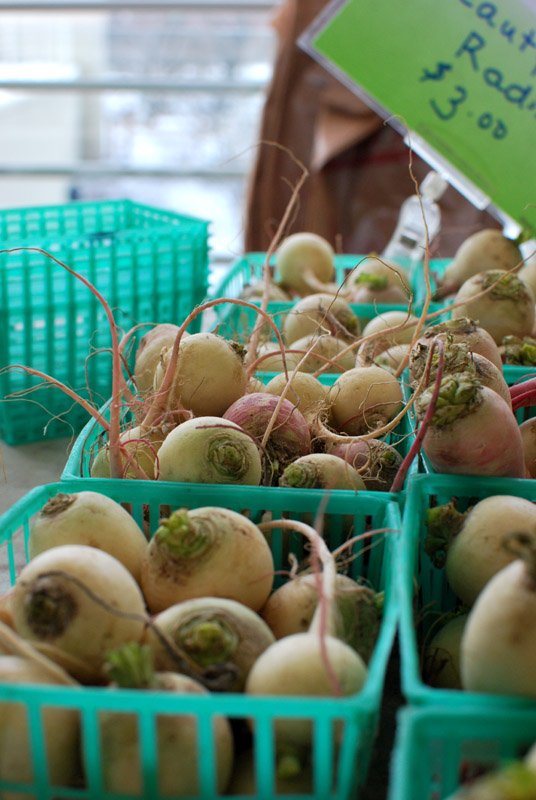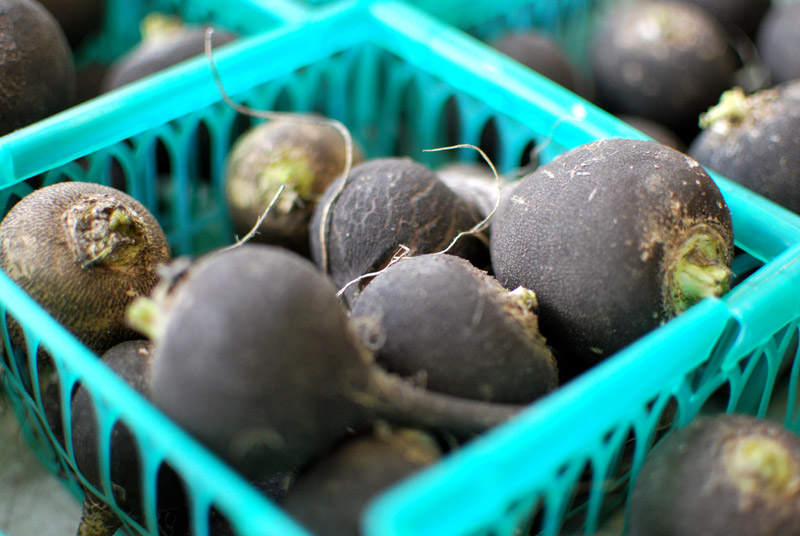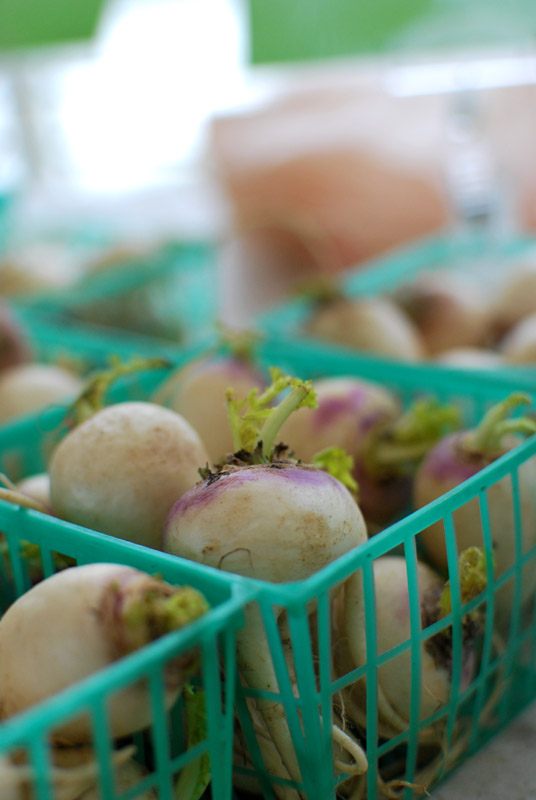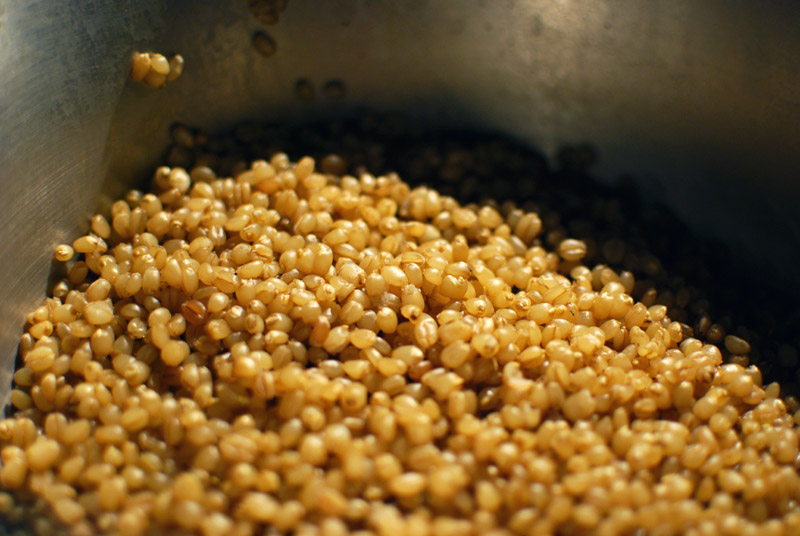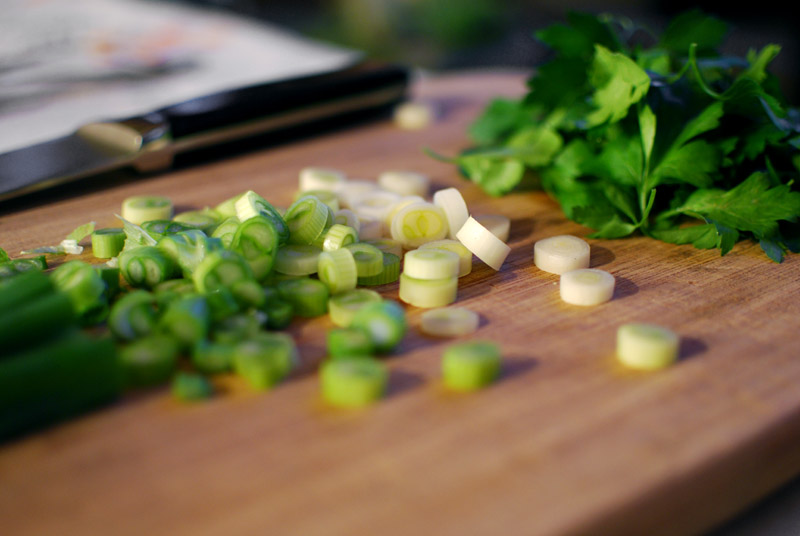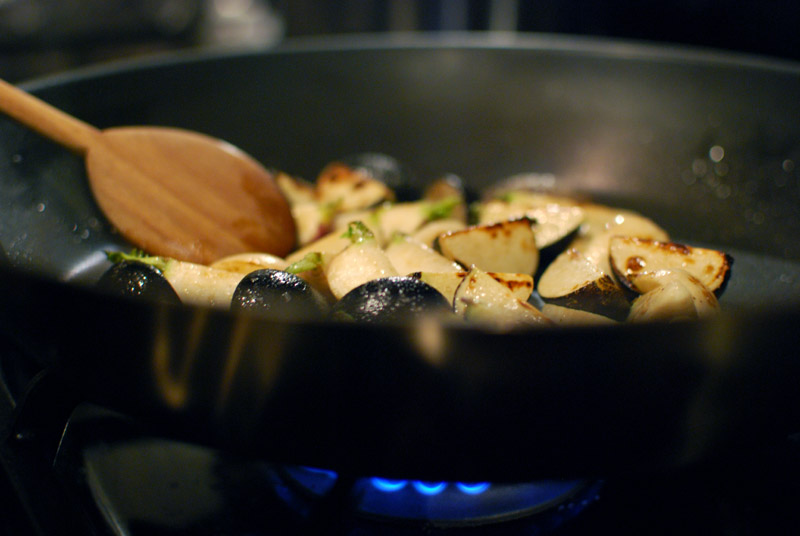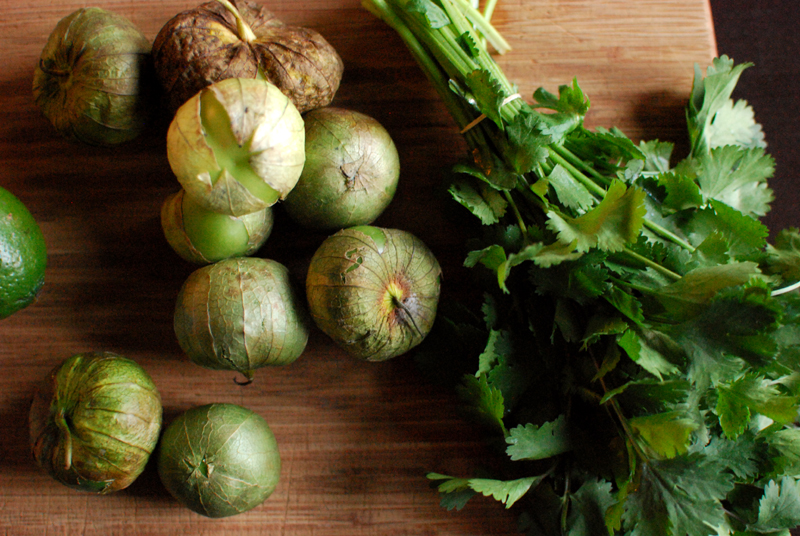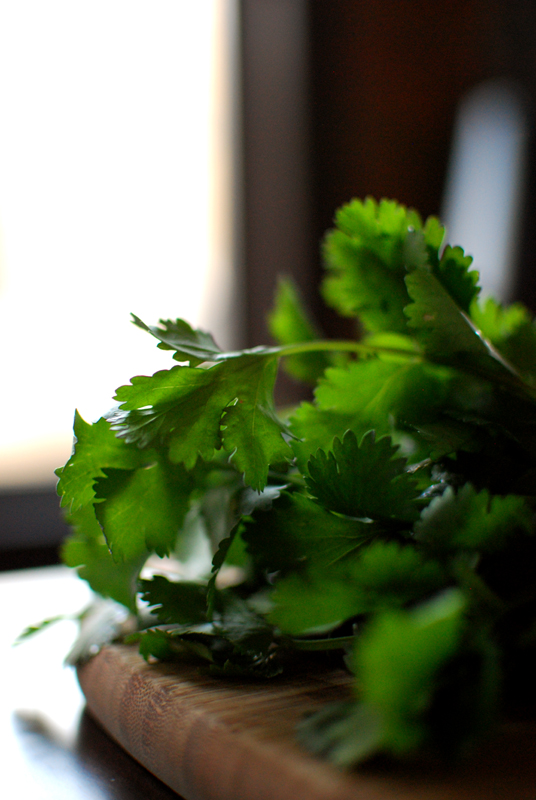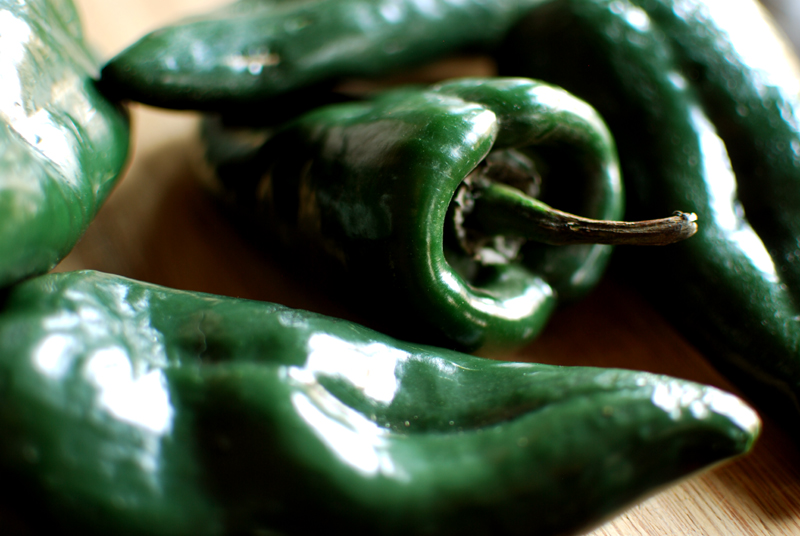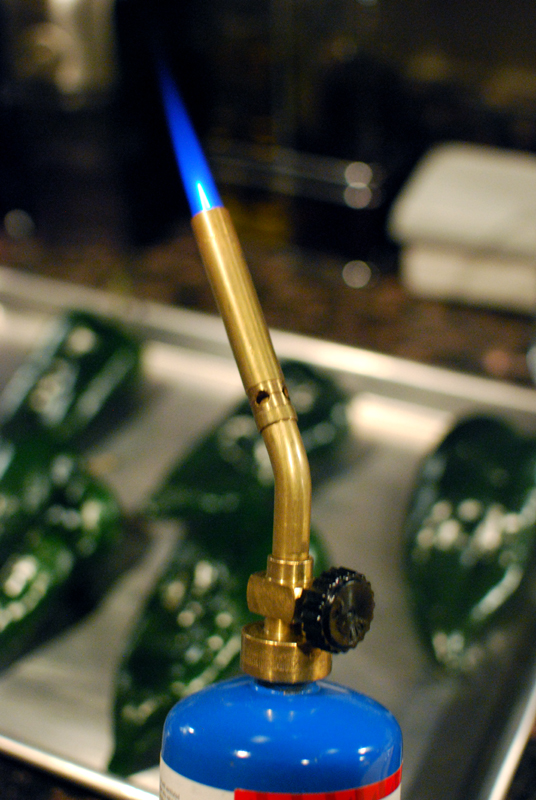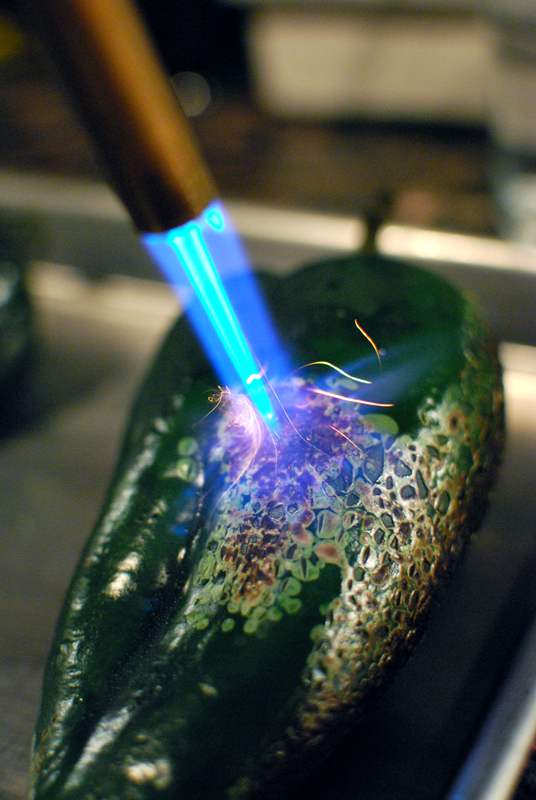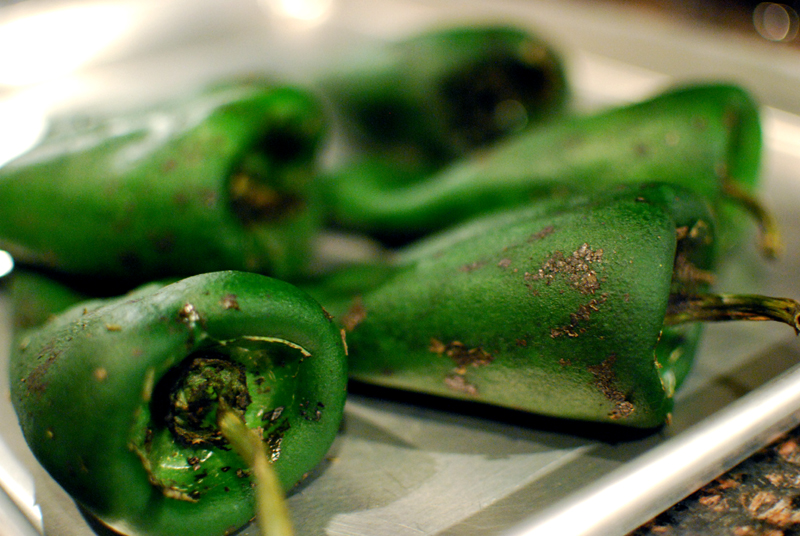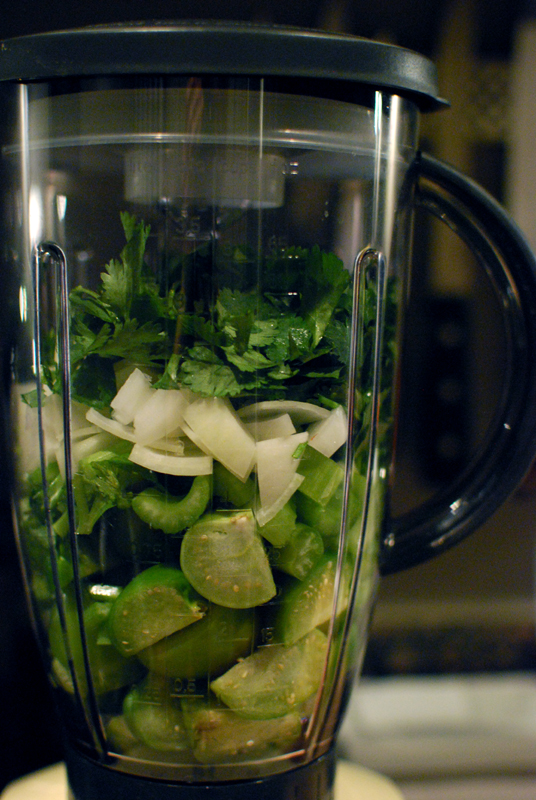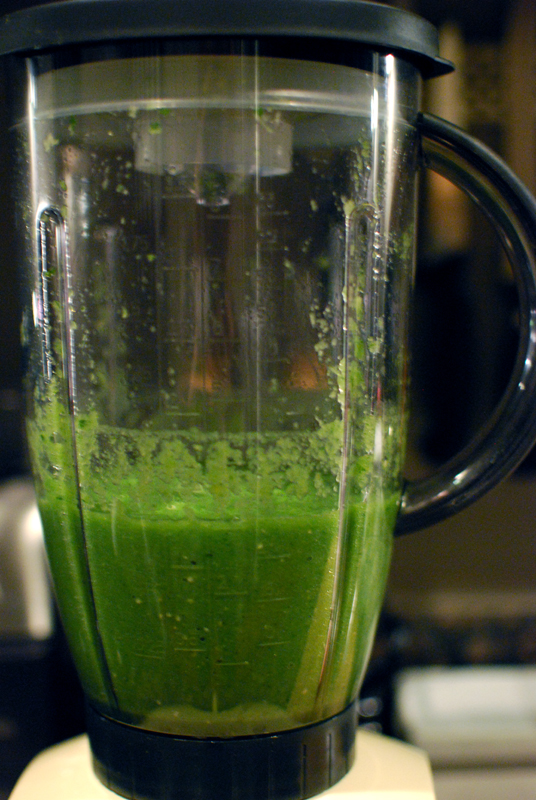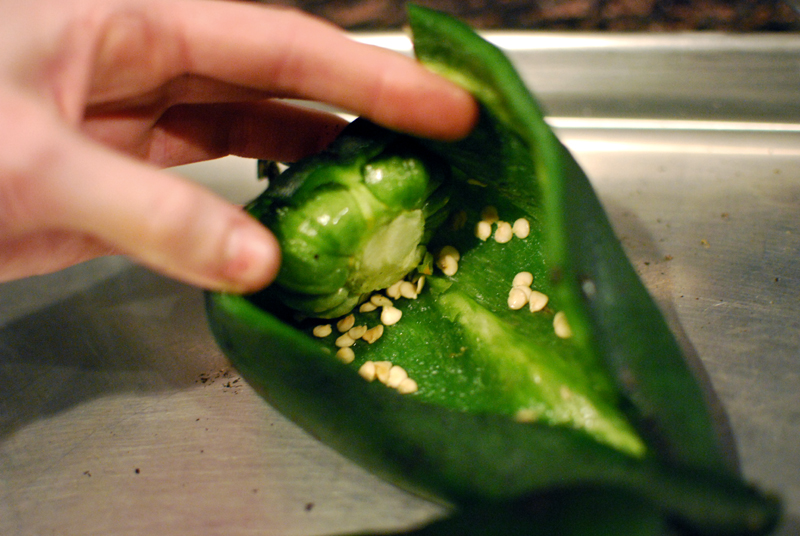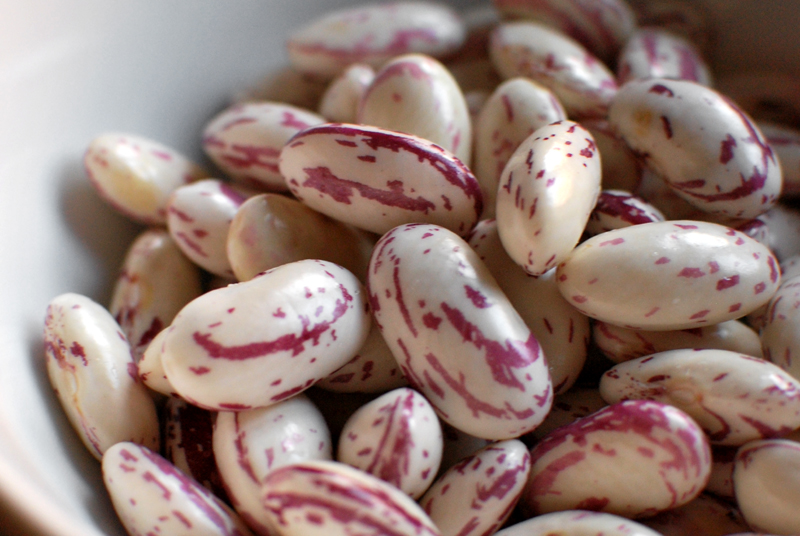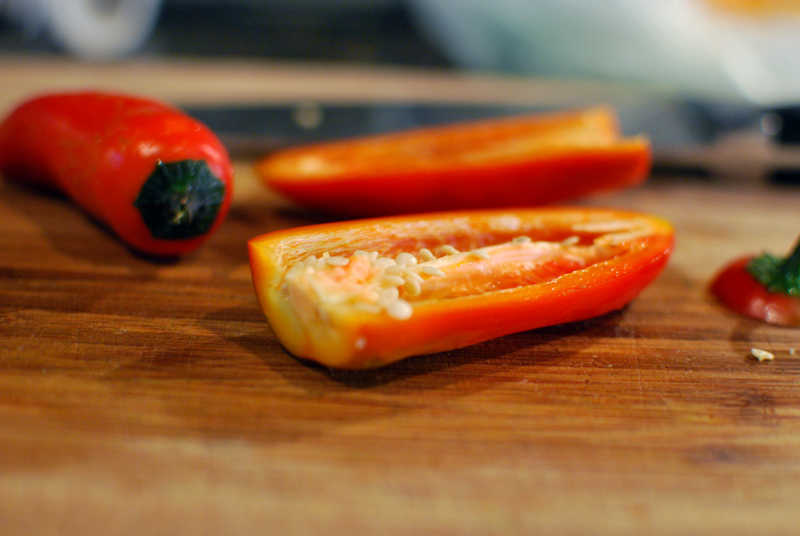It’s well into October.
The days are still sunny and edging on warm, but the nights are quickly cooling and coming on sooner. Leaves are just starting to make brilliant yellow carpets to crunch under feet not yet in Winter boots. Loose buttons on coats begin eyeballing me ruefully, threatening to finally jump ship this season if I don’t take action.
And everywhere I look, it’s pumpkin spice this, maple that. It’s apple spice crumbles (apple everything, really), brown butter, and, of course, a rogue peanut butter cookie. Yes, some soups are appearing one by one, and the braises thus far are mostly in reference to Oktoberfest (which Americans should really be celebrating in a different way than with German beer), but everything is sugar and spice and everything nice.
And I’m not on board with that.
Typically, it’s Spring Cleaning. Clean out the cobwebs of Winter, let the warm air in! But me, I prefer Autumn for my Massive House-Cleaning.
I’d much rather cuddle into clean blankets when it’s cold. I want to sweep away the dust that blew in through open Summer windows before closing them for six long months. Like trees shedding leaves indiscriminately, I ruthlessly cull unused things from my home: clothes, makeup, cooking utensils, books, shoes, dying plants.
Fall seems to me a time of nesting, of preparing for the season of hibernation. And people, I want my nest to be spotless.
Getting rid of stuff is one of my favorite things. The feeling of donating boxes (boxes!) of items that took up precious space in my 500 square feet of home… there’s nothing like it. Where did all that junk live? What was I doing with it? Where did it even come from? Who cares! It’s gone!, glorious empty space left in its wake. The fewer items I have, the more valuable and important the remaining ones are, pared down to the most useful and most loved.
In the Fall, I want what I cook and eat to feel as uncluttered as the rest of my home. Simple. Easy. Minimal. Less stuff, more joy.
So the idea of feasting on heavy and rich braises, or of baking endless trays of cookies, pies, tarts, and cakes just seems wrong after I’ve spent hours or days scrubbing and polishing and vacuuming and eliminating junk. It’s unbalanced.
My favorite food for such times (can we please not call it a detox? I prefer “hitting the reset button”.) is the leek. For sheer simplicity, it doesn’t get any better than a dish of brown rice and leeks sautéed in a little olive oil. Small portions, and let’s sit at the proper dinner table instead of hunching over the coffee table. Eat slowly.
I like to eat this for as many meals as I can stand (yes, even breakfast), for as many days as I can stand, or until I feel like it’s done its job. Usually, just a couple of days does the trick. I feel calmer, food tastes better, it’s easier to listen to my body. Everything feels lighter. The reset button has been pushed, and I feel great.
Winter? Bring it on.
This dish is surprisingly filling and satisfying, though it's hardly a recipe. These instructions are more about how to prepare a leek, which might seem intimidating if you've never used one. They grow in very sandy dirt, which tends to get trapped between the layers of leaves, and can be gritty if you don't rinse it all away. But do not let yourself be intimidated by a vegetable. It's easy, watch.
Ingredients
- 2 to 3 leeks, 1 1/2 to 2 pounds
- Olive oil, as needed
- Salt
- Freshly ground black pepper
- Cooked whole grain of choice (brown rice, quinoa, buckwheat, farro, etc.)
Instructions
1. Rinse the leeks of any major dirt.
2. Cut off the tough dark green tops. Wash them well, and save in your stock bag in the freezer, if you're into that. Cut off the root ends and discard.
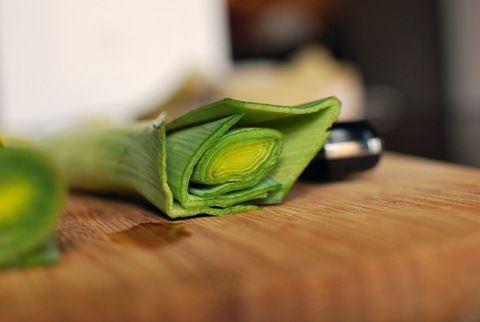
3. Cut the leeks crossways into two or three big chunks.
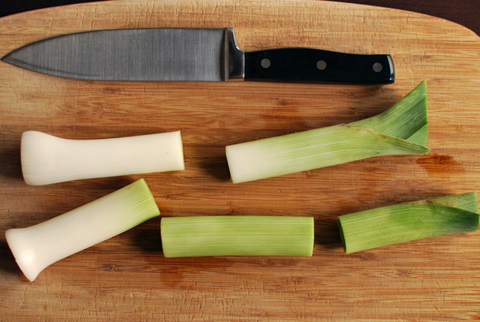
4. Cut each piece in half lengthwise.
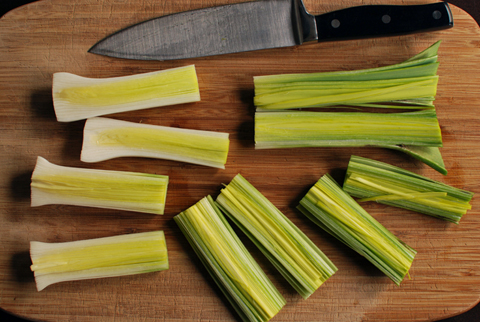
5. Rinse the leeks under cold running water. The pale white parts may not have any dirt to wash away, but the greener bits will certainly have dirt that might need to be rubbed away with your fingers.
6. Roughly chop the leeks crossways into 1/2 inch pieces.
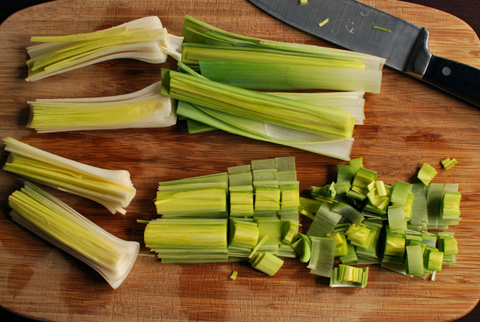
7. Heat a splash of olive oil in a large sauté pan over medium-high heat. Add the leeks, and toss to coat with the oil. Sprinkle with a pinch or two of salt and black pepper. Cook for a minute or two, or until they soften and begin to brown in spots.

8. Reduce the heat to medium-low, and cook until they have softened to taste. I prefer mine slightly al dente, and so only cook them for another minute or so. You can take them all the way to caramelized, if you like, but you'll end up with not very many to eat in that case.

9. Correct the seasoning if necessary, and serve over warm whole grains. A squeeze of lemon and a little parsley would not be out of place, though certainly not needed.
 https://onehundredeggs.com/fall-cleaning/
https://onehundredeggs.com/fall-cleaning/






